Technological Innovations
Technological advancements are playing a crucial role in shaping the Juicer Market Industry. Innovations such as smart juicers, which integrate with mobile applications, are enhancing user experience and convenience. These devices often feature advanced functionalities, including automated cleaning and customizable juicing options, which appeal to tech-savvy consumers. Market analysis reveals that the integration of technology in kitchen appliances is a growing trend, with consumers seeking products that offer both efficiency and ease of use. As manufacturers continue to invest in research and development, the Juicer Market Industry is likely to witness the introduction of more sophisticated juicing solutions. This technological evolution not only attracts new customers but also retains existing ones, thereby fostering a competitive landscape that could drive market growth.
Rising Health Consciousness
The increasing awareness of health and wellness among consumers appears to be a primary driver for the Juicer Market Industry. As individuals seek to incorporate more fruits and vegetables into their diets, the demand for juicers has surged. Recent data indicates that the health and wellness sector is projected to grow significantly, with consumers prioritizing fresh and nutritious options. This trend is likely to propel the sales of juicers, as they provide a convenient means to create healthy beverages at home. Furthermore, the emphasis on natural ingredients and the avoidance of processed foods may lead to a sustained interest in juicing, thereby enhancing the market's growth potential. The Juicer Market Industry is thus positioned to benefit from this health-centric consumer behavior, which seems to be a long-term shift rather than a fleeting trend.
Changing Consumer Lifestyles
Shifts in consumer lifestyles are emerging as a significant driver for the Juicer Market Industry. With an increasing number of individuals leading busy lives, the demand for convenient and quick meal solutions is on the rise. Juicers offer a practical way to prepare nutritious drinks that fit into fast-paced routines. Market data suggests that consumers are increasingly looking for appliances that save time while promoting health. This trend is particularly evident among younger demographics, who prioritize convenience without compromising on nutrition. As the Juicer Market Industry adapts to these changing lifestyle preferences, it is likely to see a surge in demand for compact and multifunctional juicers. This evolution reflects a broader societal shift towards health-conscious, time-efficient living, which could sustain market growth in the coming years.
Sustainability and Eco-Friendly Products
The growing emphasis on sustainability and eco-friendly products is influencing the Juicer Market Industry in notable ways. Consumers are increasingly inclined to purchase appliances that align with their environmental values. This shift is reflected in the rising demand for juicers made from sustainable materials and those that promote energy efficiency. Market data suggests that eco-conscious consumers are willing to invest in products that minimize their carbon footprint. As manufacturers respond to this demand by developing juicers that are not only functional but also environmentally friendly, the market is likely to see an uptick in sales. This trend indicates a broader movement towards sustainable living, which could have lasting implications for the Juicer Market Industry, as it adapts to meet the expectations of a more environmentally aware consumer base.
Increased Availability of Organic Produce
The rising availability of organic produce is significantly impacting the Juicer Market Industry. As more consumers opt for organic fruits and vegetables, the demand for juicers that can effectively process these ingredients is likely to increase. Data indicates that the organic food market has been expanding, with consumers becoming more discerning about the quality of their food sources. This trend suggests that juicers designed to handle organic produce may see heightened interest, as consumers seek to maximize the nutritional benefits of their ingredients. Additionally, the emphasis on fresh, organic juices aligns with the broader health and wellness movement, further driving the growth of the Juicer Market Industry. As retailers expand their organic offerings, the synergy between organic produce and juicing could create new opportunities for market players.



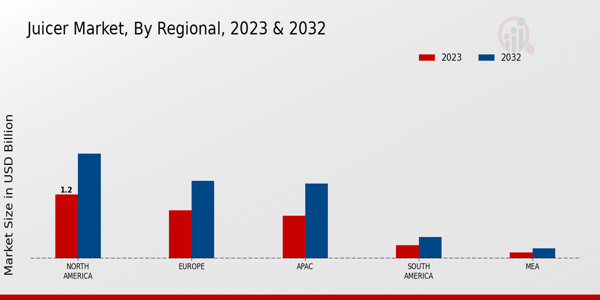
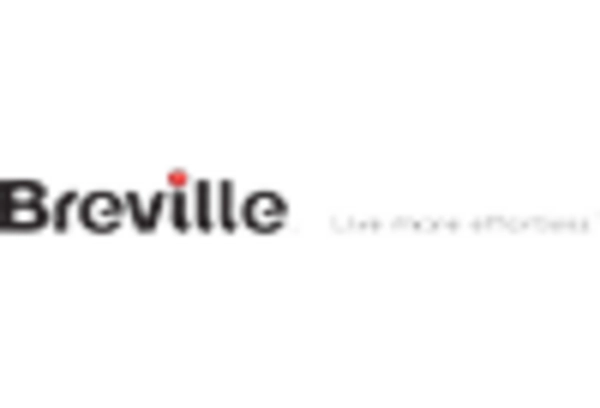


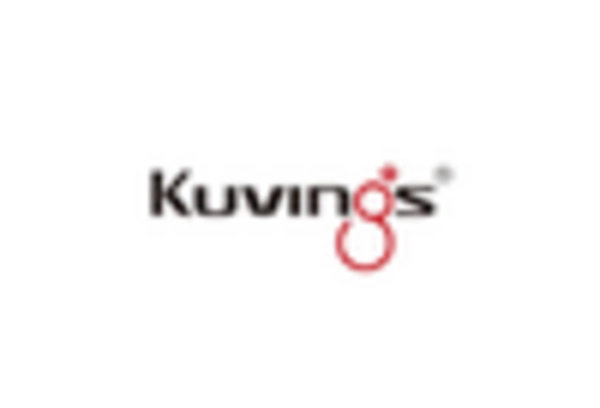
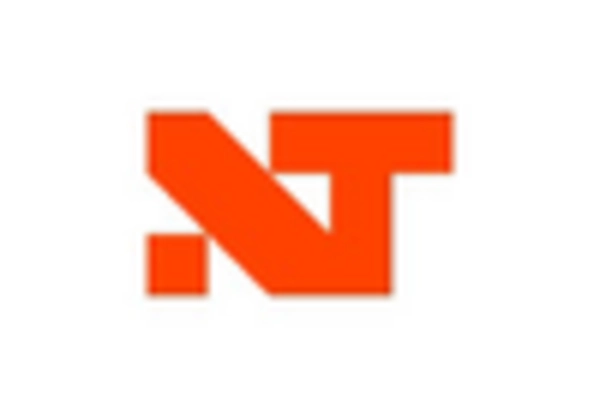
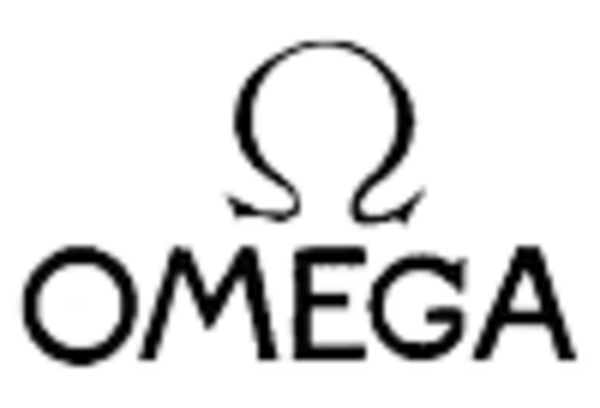








Leave a Comment